If you buy something from a link, Acorn Talk may earn a commission. See my Affiliate Programs statement.
Recent Recommendations
A list of my recommendations from my blog. The best stuff I copy to this page as well.
Wera Screwdriver and Extra Bits
When I need a screwdriver for a project of length that exceeds a few twists, I will absolutely go get this screwdriver, every time. Even when I know it’s stored in a small bag/kit I use for tool transport in the basement several floors away, I get it. It makes me that happy to use.
The model (and name) number don’t roll off the tongue: Wera - 5051025001 KK 26 7-In-1 Bitholding Screwdriver, but that doesn’t matter. It’s just my Wera screwdriver.
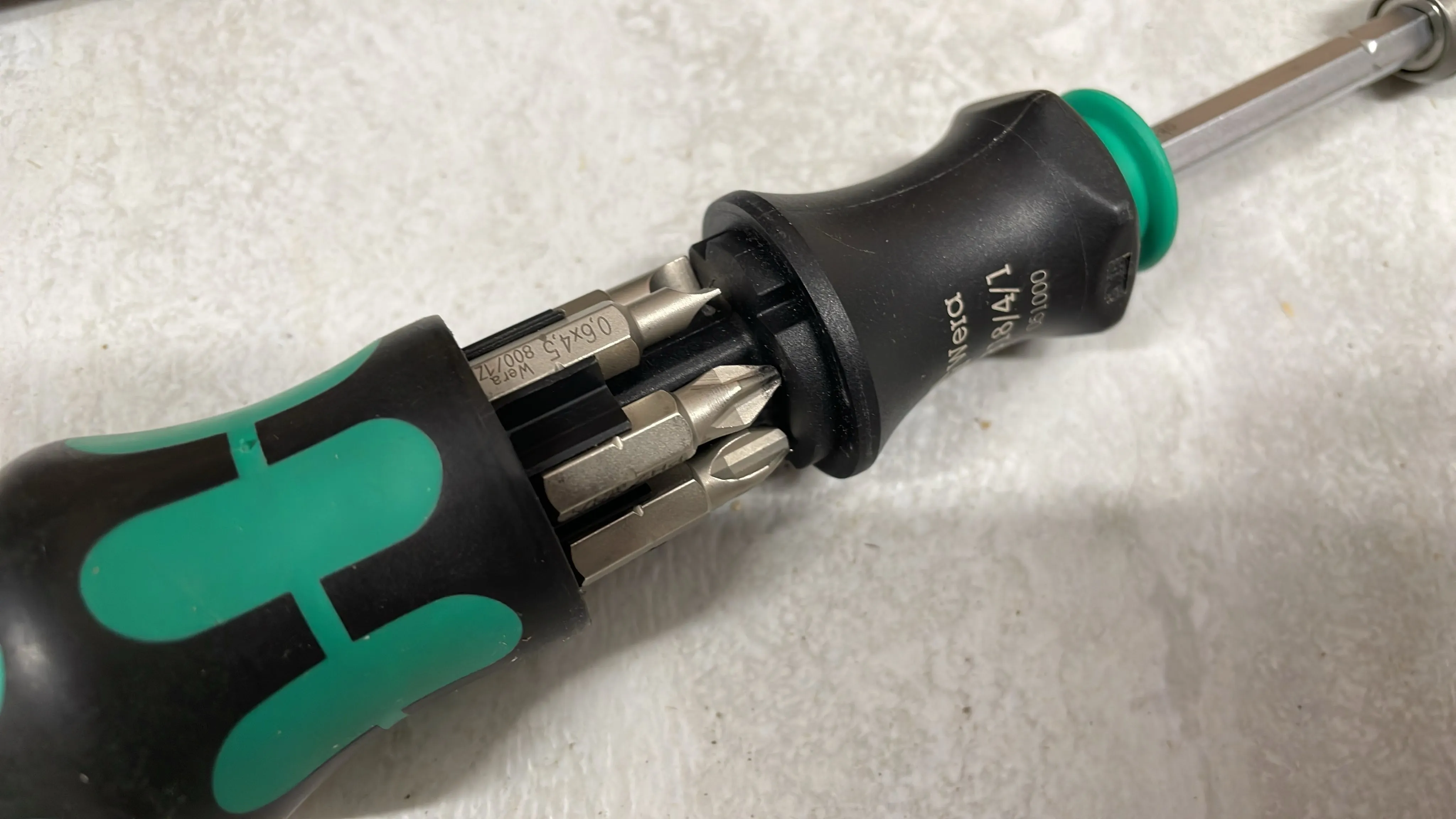
Why I like it:
- It feels great in my hands. It has some texture and not just a flat rounded shape.
- It can be in a compact or expanded mode.
- The bits that are included are generally what I need around the house. They’re extremely durable and I’ve not experienced any degradation of the metal material like I have with a lot of cheap bits. They’re sharp and precise (where needed).
- The “head” of the screwdriver spins so you can maintain a firm grip near the screw while still spinning the driver freely with another hand.
- The bits firmly snap in and snap out. They don’t fall out on their own and I don’t have any issues inserting or swapping a bit.
- The bits all fit inside of the screwdriver when not in use (less to loose). I have several screwdrivers that have extra bits, but it seems that many of them require one bit to always be at the ready. I assure you — it’s rarely the one I need.
While I wouldn’t buy it because of the included carrying case and don’t feel it’s necessary, I’m not ashamed to admit that I put it back in the case when I’m done. It needs a nap occasionally after hard use and it’s a great place for it to rest (and to prevent unnecessary wear and tear in my tool bag).
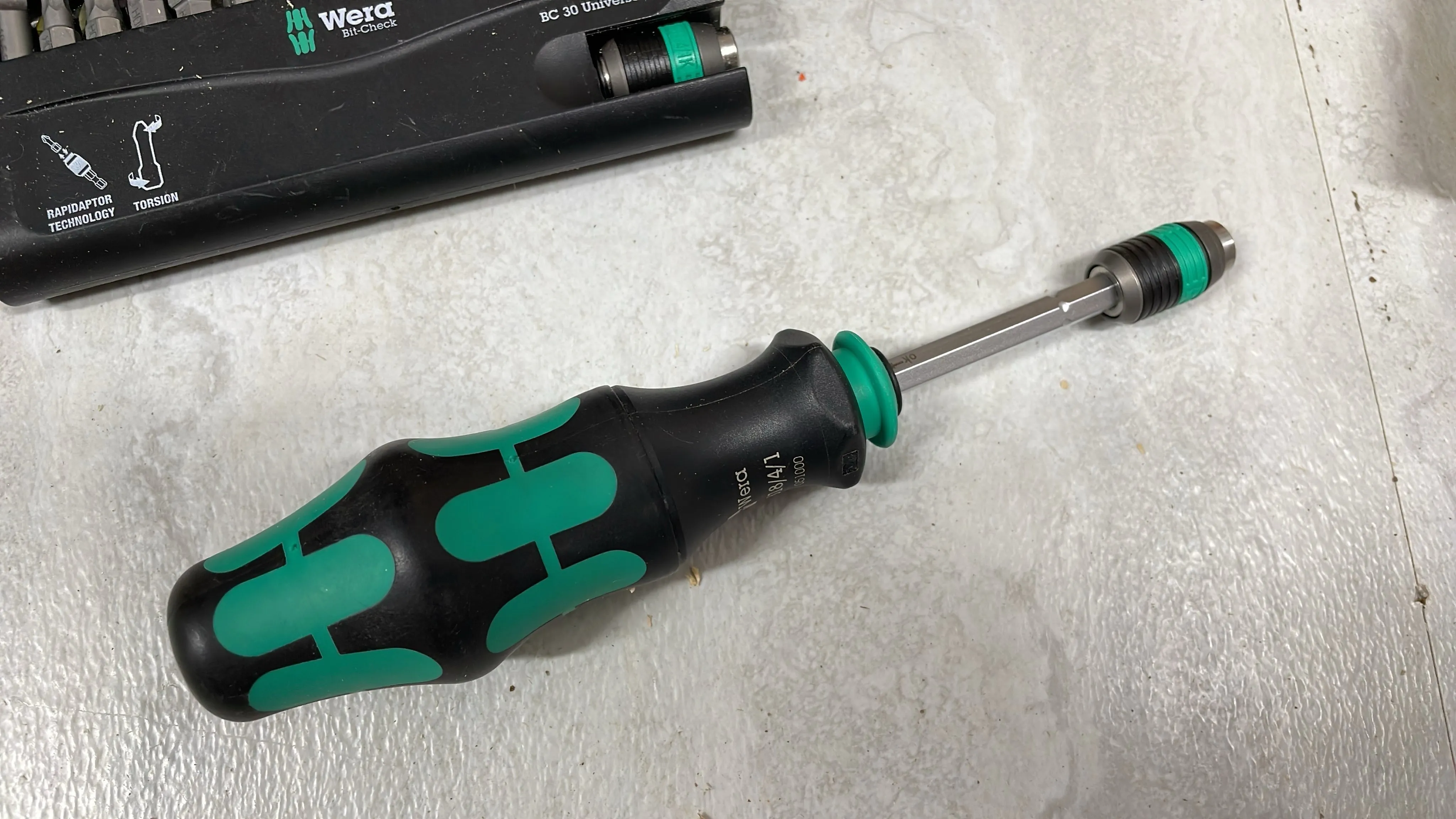
Because my needs occasionally stray beyond the included bits, I bought the BC-30 Universal Rapidaptor set as well. It includes not only 29 extra bits, but it can improve many ordinary screwdrivers that have replaceable bits.
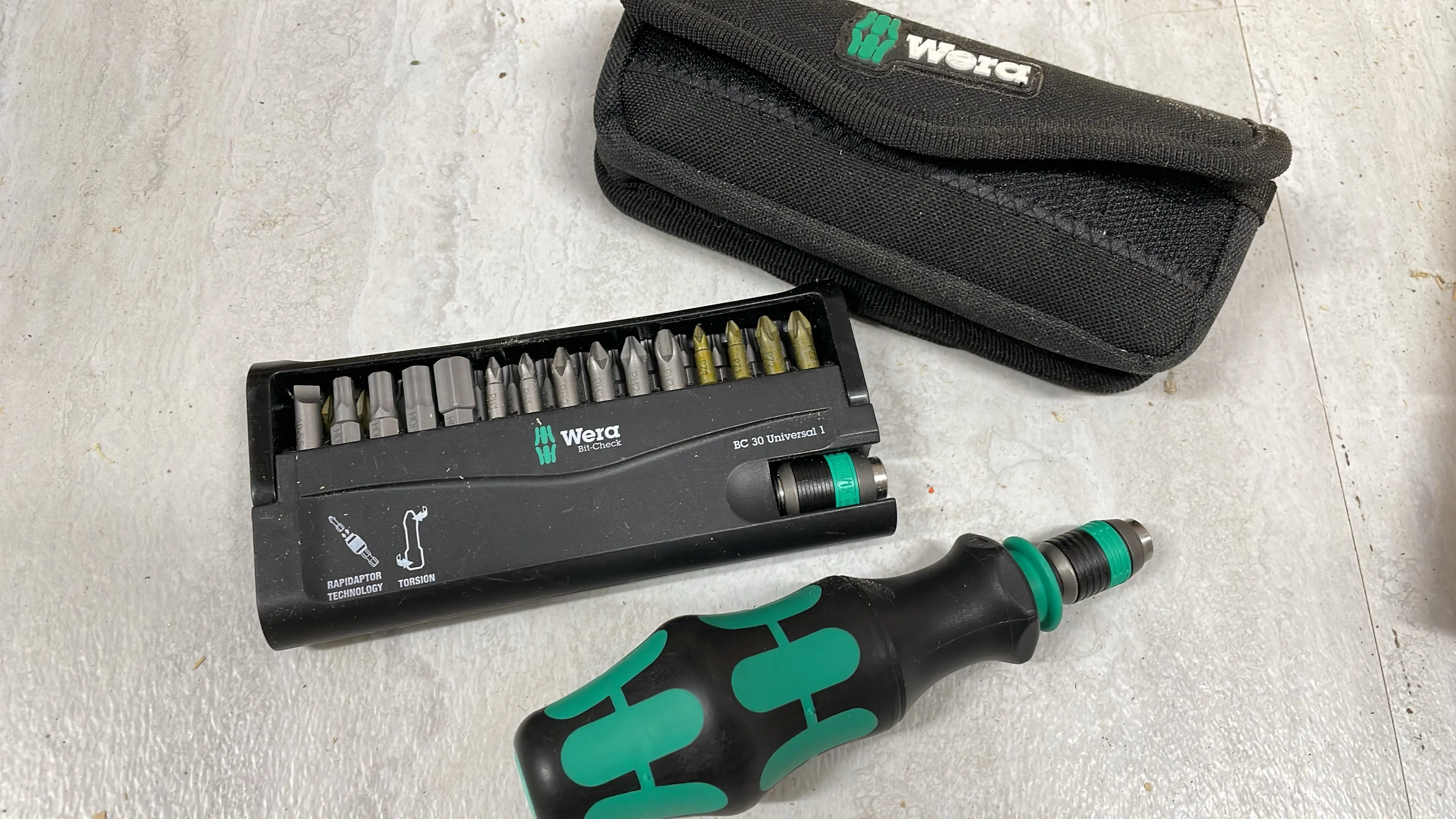
I do have a bit of screwdriver envy though as I’d like to try the ratchet version: Kraftform Kompakt. I 🥰 ratcheting screwdrivers as well (but don’t have a favorite that has warmed me over yet).
Fire Blanket
Prepared Hero Emergency Fire Blanket - 1
I hope I never need to use this. I will fully admit to having seen this in an advertisement and immediately added it to my Amazon cart. Essentially, you hang this on a wall near where fires may occur (like a kitchen). In the even of a fire, you pull the tapes at the bottom to remove the blanket and then smother a fire with it.
Fire thrives on oxygen as you know, and this blanket snuffs it out, or significantly reduces the spread. We have this in our pantry (very near the gas cooktop) along with a fire extinguisher. It was $25 USD when I bought one. I’m going to buy one for my father. A fire can start with an electric or induction cooktop as well, so this isn’t just for gas cook-tops. You might want something like this if you go camping and should have a small fire emergency.
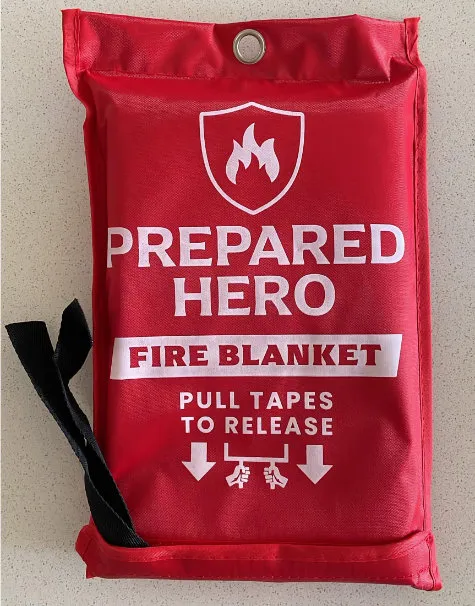

Buy Prepared Hero Emergency Fire Blanket - 1
Elgato Wave:3 USB Condenser Microphone
This is a great little USB Type C microphone that definitely improved my audio quality on video/audio conference calls. I bought it during the early stages of the pandemic as I was cycling through options. I went from headsets with mics, and more headsets … constantly trying to find a good combination that I was happy with. I settled on a good pair of very comfortable wired headphones and this mic in the end and have used it for years since. I’d had it on a fixed stand initially, but I changed to a microphone arm (see below) that allows me to get it out of the way when I don’t need it.
Some of the things that I really like:
- It has a tap to mute/un-mute button on the top of the microphone. I don’t have to remember the app-of-the-day keyboard shortcut. Just a single tap and the dial at the bottom turns red indicating it’s been muted.
- Controlling volume levels on the device means I’ve not needed to dig through app settings or computer settings to adjust the volume of the microphone or attached headphones.
- Cardioid microphone pattern which just translates to that it doesn’t pickup audio from every-where in the room when I’m using it. When paired with modern noise-reduction conference calling software, it’s great. Unless you crank up the inputs on this, it’s decent anyway.
- Headphone jack on the back … I can plug in my headphones without awkwardly attaching them to my PC. As I have a standing desk with my PC on the floor, my headphone cable just isn’t long enough to be routed in a reasonable path and tends to get in the way when I’m not using them. Having the plug on the microphone allows me to better route the cable.
- It doesn’t sound like I’m calling from a cavern. Many people don’t seem to be aware of how bad their audio is when they do video calls. Even today. Sometimes it’s the environment and sometimes it’s the equipment. If you’re not sure, ASK someone who will give you honest feedback. Don’t think we don’t know when you’re calling in using the speaker-phone. Do us all a favor and buy a dedicated microphone if you are working from home routinely. Please.
I have a non-Elgato POP filter installed on the microphone. I’ve not done any testing to see if it’s preventing the “plosives” and hisses from being as noticeable in a conference call. It was inexpensive and worth trying.
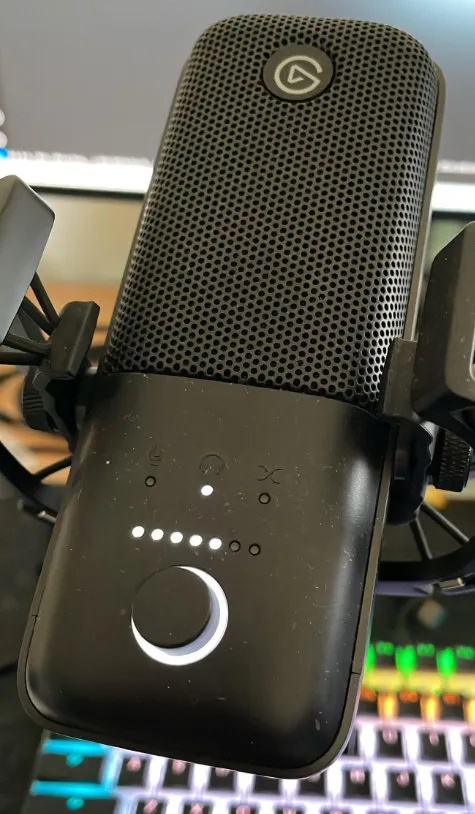
Elgato Wave Mic Arm LP
I had the above microphone connected to the included stand at first. Then to a floor stand that was right next to my standing desk. Then, this. If you’ve got desk space and the ability to clamp to the back of your desk, I suspect you’ll be as happy with this as I am. When I don’t need it, it pivots out of the way and under my monitor. It has standard microphone mounting screw/attachments so it accommodates many different microphones (up to 2 kg/4.4lbs). It has a cable channel which for some reason I’m only using for one cable … odd. 😀
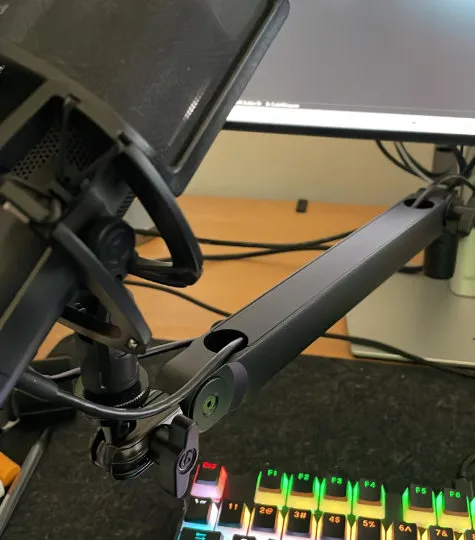
ESR for MagSafe Car Mount
I’ve had a MagSafe iPhone for 3+ years. I’m embarassed to admit that for an even longer period I’ve had a cell phone sliding around our cars or in a cup-holder. Interacting with the phone according to local laws and being safe while driving is very important to me. The least likely ‘safe’ method is what I had been doing, especially when the phone would slide onto the floor at my feet. 😬
So, I’m very excited that I upgraded to this MagSafe car mount. Installation is a snap: there’s a small dial that tightens the mount to the vent so that it doesn’t move. Once tightened properly it’s solid and won’t move (I did need to loosen it quite a lot for the car I installed it in first). Then, MagSafe snap,and the iPhone is very securely attached. I can’t imagine it ever coming loose unintentionally. And that’s it. I didn’t need a model that offered wireless charging as I already have a charging cable for my phone (or my wife’s phone) ready. I’ve got CarPlay set up and the phone for example can show the next turns while CarPlay shows a map.
It’s inexpensive at under $20 USD and awesome. There are other brands and models that include charging, but I don’t mind attaching a cable when I want the phone to be charged.
Buy the ESR for MagSafe Car Mount
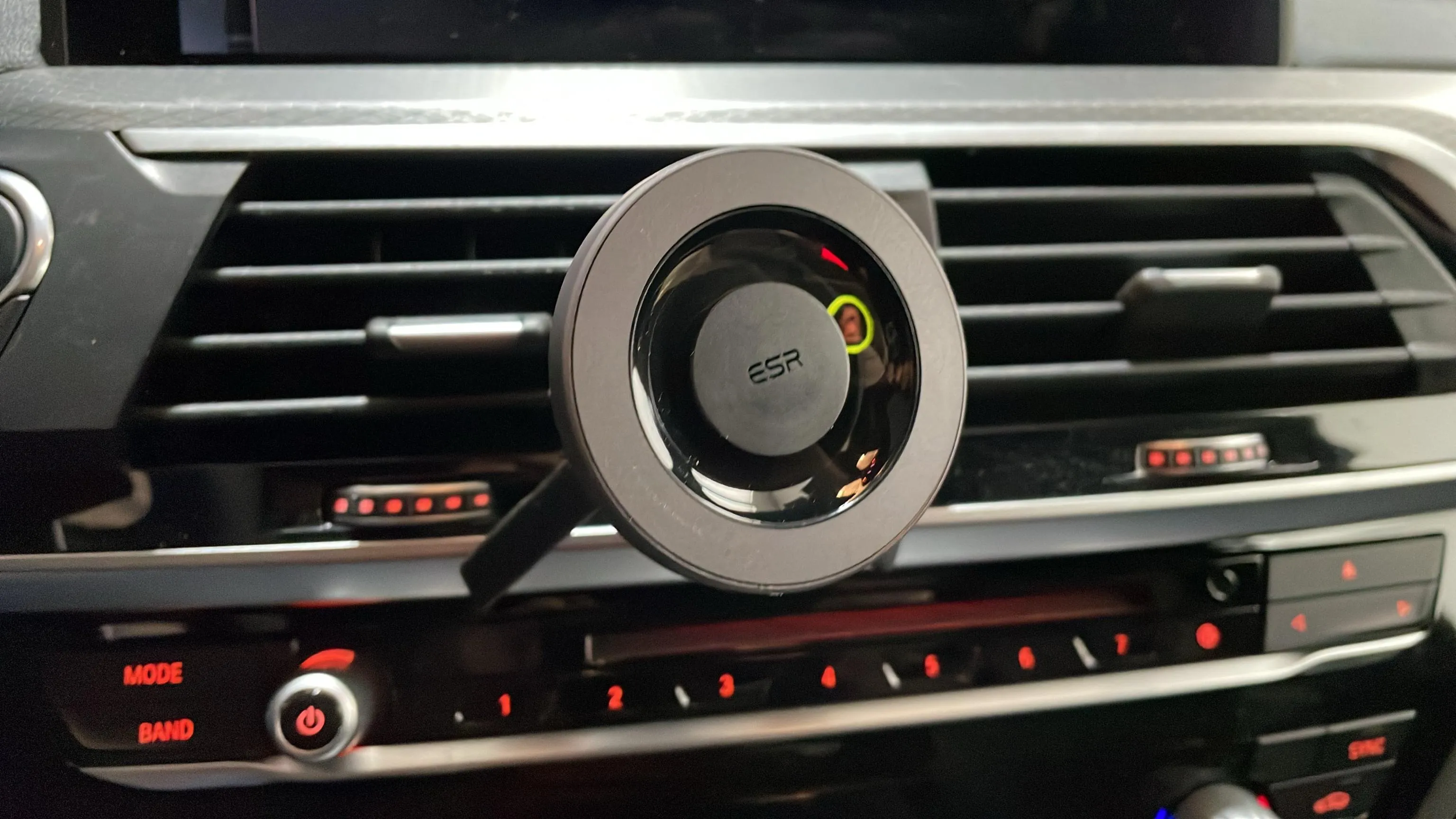
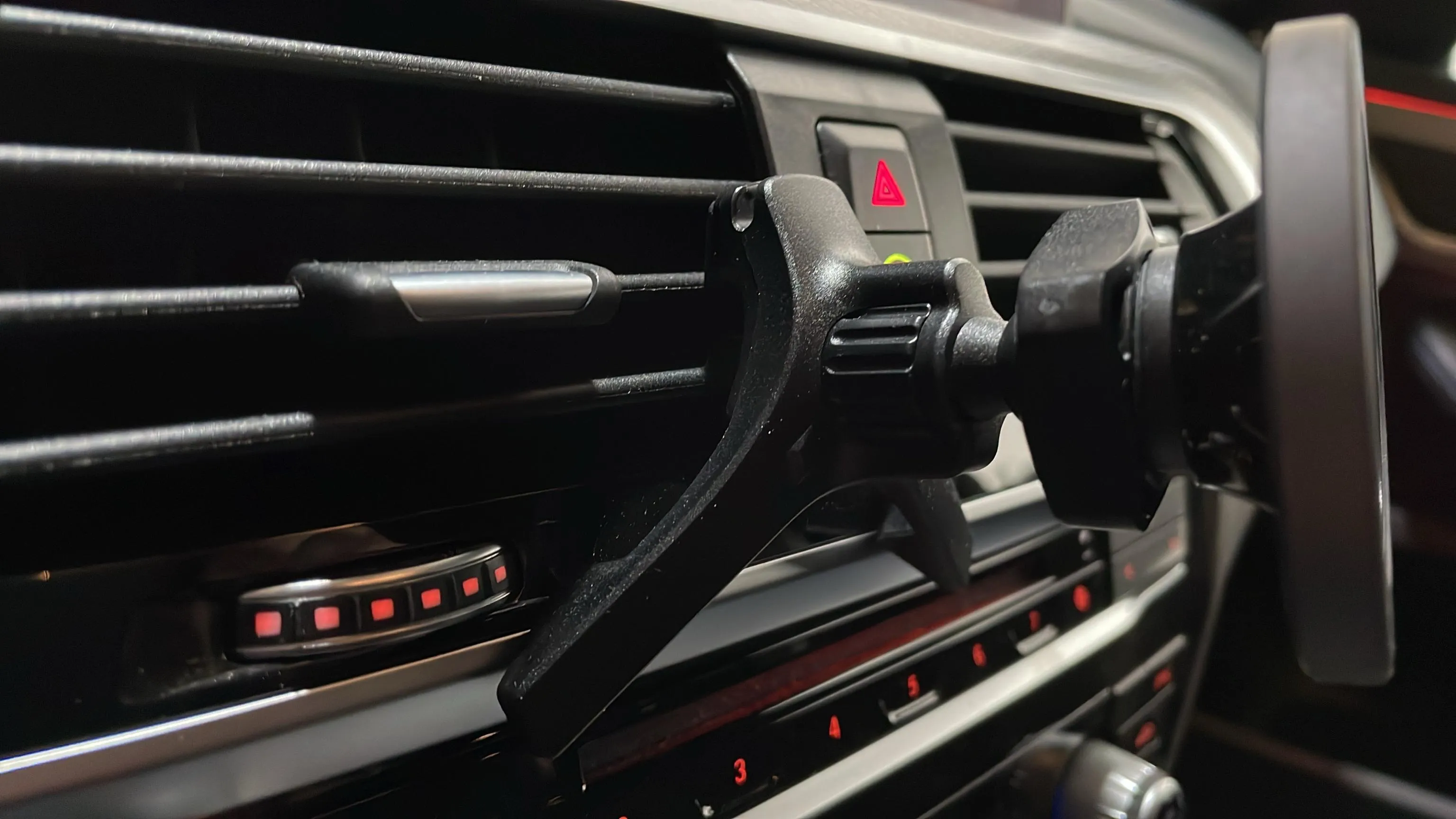
Watering Trees
This is embarrassing. We’ve been using a combination of a few simple devices as a very reliable way to water some trees we planted last summer, and today I decided I’d provide a few details about the products. But, when I went to Amazon to grab a link for the primary part of the solution, it’s no longer for sale! On it’s own, that’s not too surprising as resellers come and go seemingly every hour on Amazon. This one however is because the small company (person) making them has retired and has stopped making them. 😒
Over the years, we’ve tried a lot of different ways to water new trees and bushes. So many failed miserably. From those large and small tree watering bags (thanks for the leaks!) to just the plain hose end. The key to watering trees is generally go slow — so that water can saturate the roots.
The breakthrough for us in convenience and reliability was the discovery (and subsequent purchase) of this: Waterhoop.
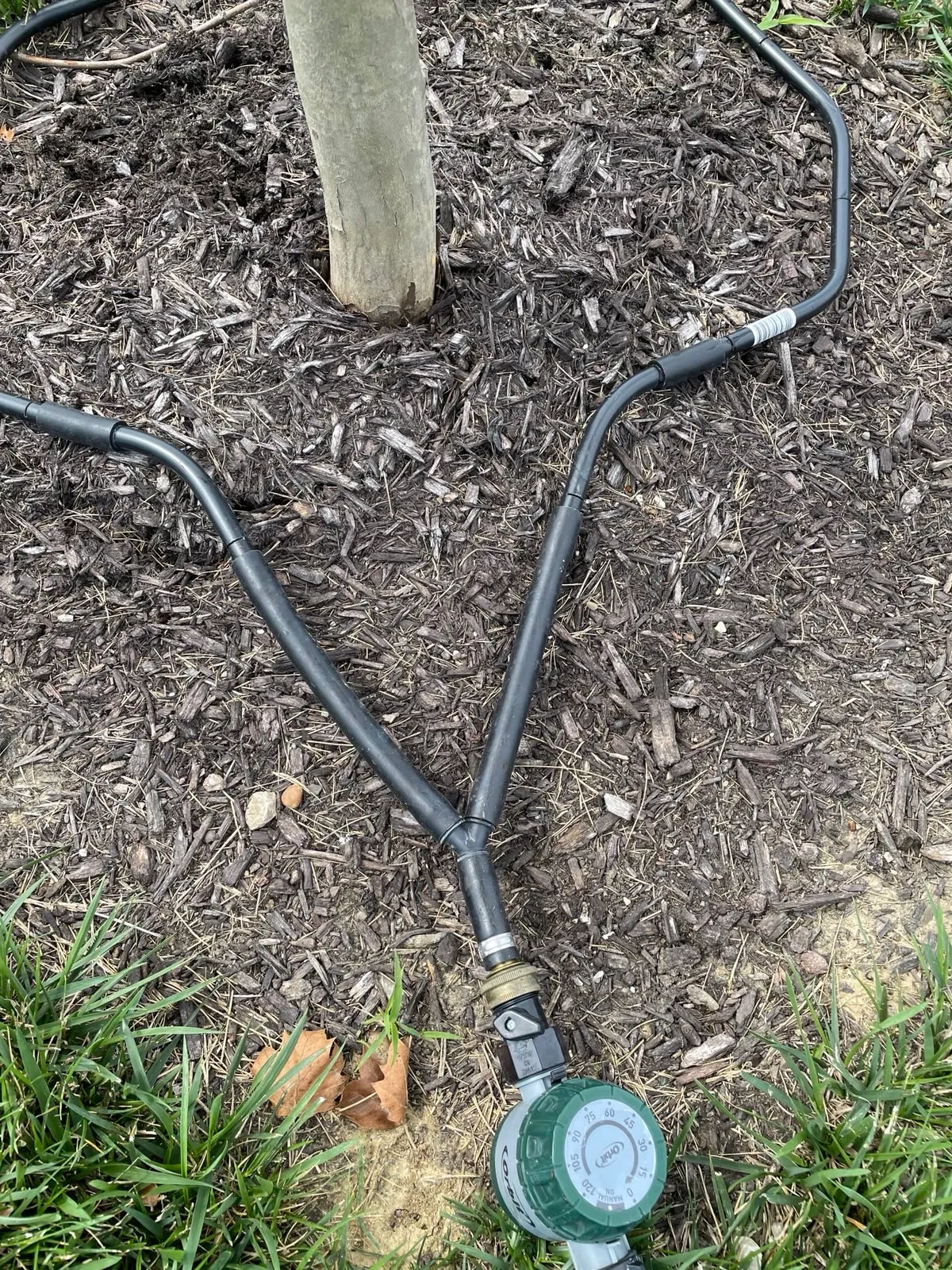
It’s not complex, but that’s what has worked so well for us. Once connected to a common hose and the spigot is turned on, you control the water volume directly on the hoop (so no walking back and forth to the spigot to get it “just right”). Water drains or sprays (depending on volume) through a series of small holes around the hoop ends. And, that’s it. As it’s flexible, it adjusts to a variety of situations. Having local control is brilliant — it’s such a simple feature that saves time!
As we live in a suburban neighborhood now, the water pressure changes during the day. Before we had this combination, we’d set up a hose at the base of a newly planted tree, set a timer for an hour, get the flow just right … and return an hour later to find that the water was just dribbling out, nothing like we’d originally set it. Now, with the simple flow adjuster at the end, we can be assured that the water amount we want will be the amount an hour later (as we turn the flow up at the spigot far beyond what we actually need as it’s now regulated near the target rather than the source).
While setting a timer on a phone, smartwatch, etc., works, it’s been even more useful to put a mechanical timer at the end of the hose, again right near the target. So, we can set it for 60 minutes, and not be concerned that we’ll over-water if we forget to go immediately out when a timer signals. We’ve had digital timers on the source end, and frankly, they’re more than we needed for this, and not needing a battery has been great too!
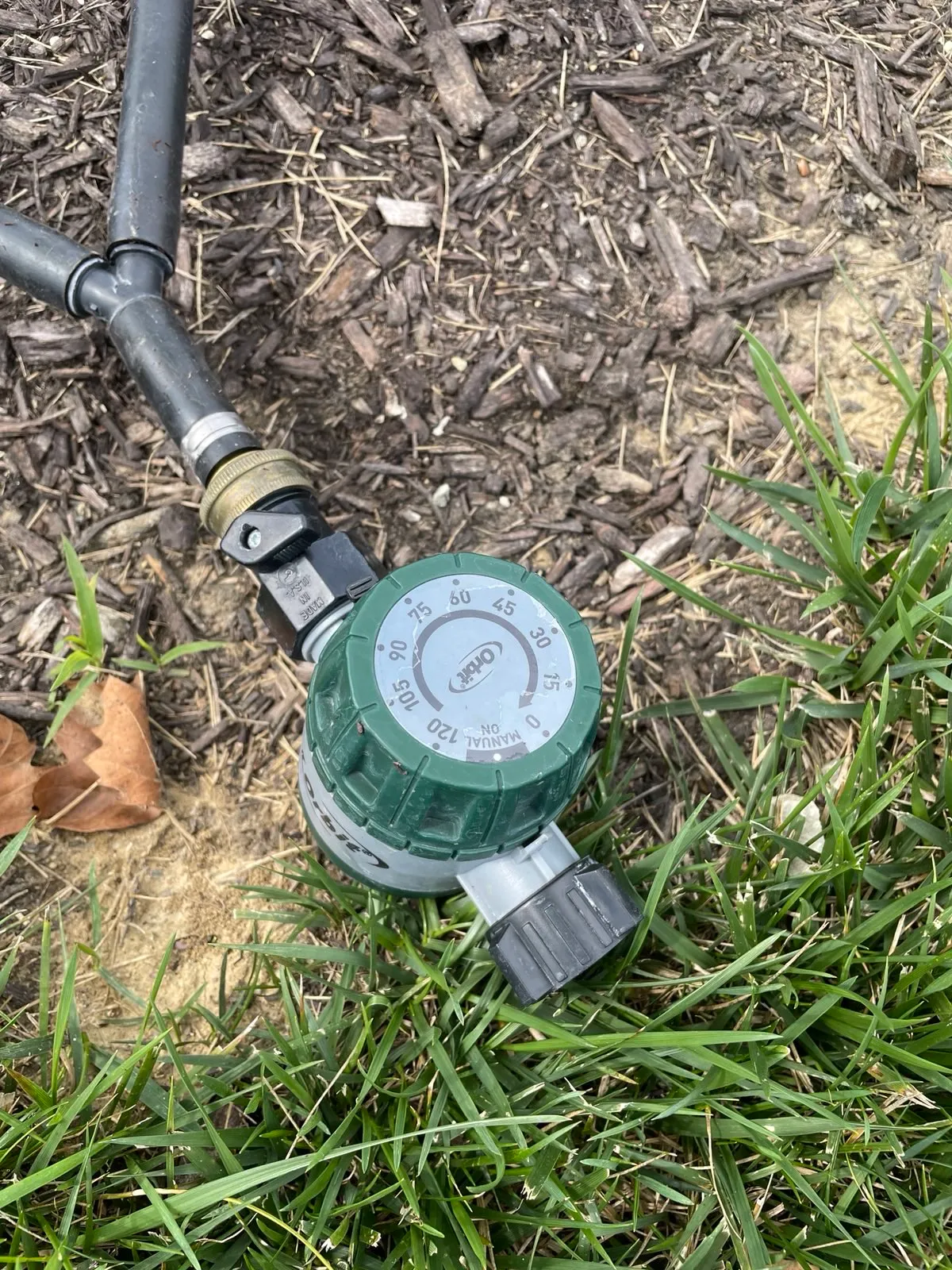
The Orbit Mechanical Watering Hose Timer has performed flawlessly for us. By moving it to the end of the hose, we can quickly set the timer, adjust flow as needed (with the flow adjustment on the Waterhoop), and be done with it.
While these things may seem unnecessary (and truly are), they’ve been a big time saver for us as we were watering weekly, and more importantly, we were able to control the amount of water far more precisely than before.
Overall, I’d totally recommend both of these if you’re watering trees, bushes, etc.
OK, but I know — the Waterhoop isn’t available anymore. I’d picked the Waterhoop because of the very good reviews and the fact that it was made in the USA. Instead, if I couldn’t make one myself (I’d try!), I’d switch to using a soaker hose for trees with a few tweaks. I’d either get rid of the “Y” part or make it a quick connect on one end with a product like the Eden Quick Connect. That way, it would be a snap to remove it from one tree and move it to another. If I wasn’t concerned about a “true” loop, then I’d use a hose end cap. I usually have a few of those around. It’s possible that the drip of these would be slower than I’d need for our soil, so I’d carefully make a series of very small punctures around the hose to increase the drip speed. It probably wouldn’t matter much, but rather than having two potentially fiddly valves on the “Y” adapter, I’d add an independent coupler with flow control.
